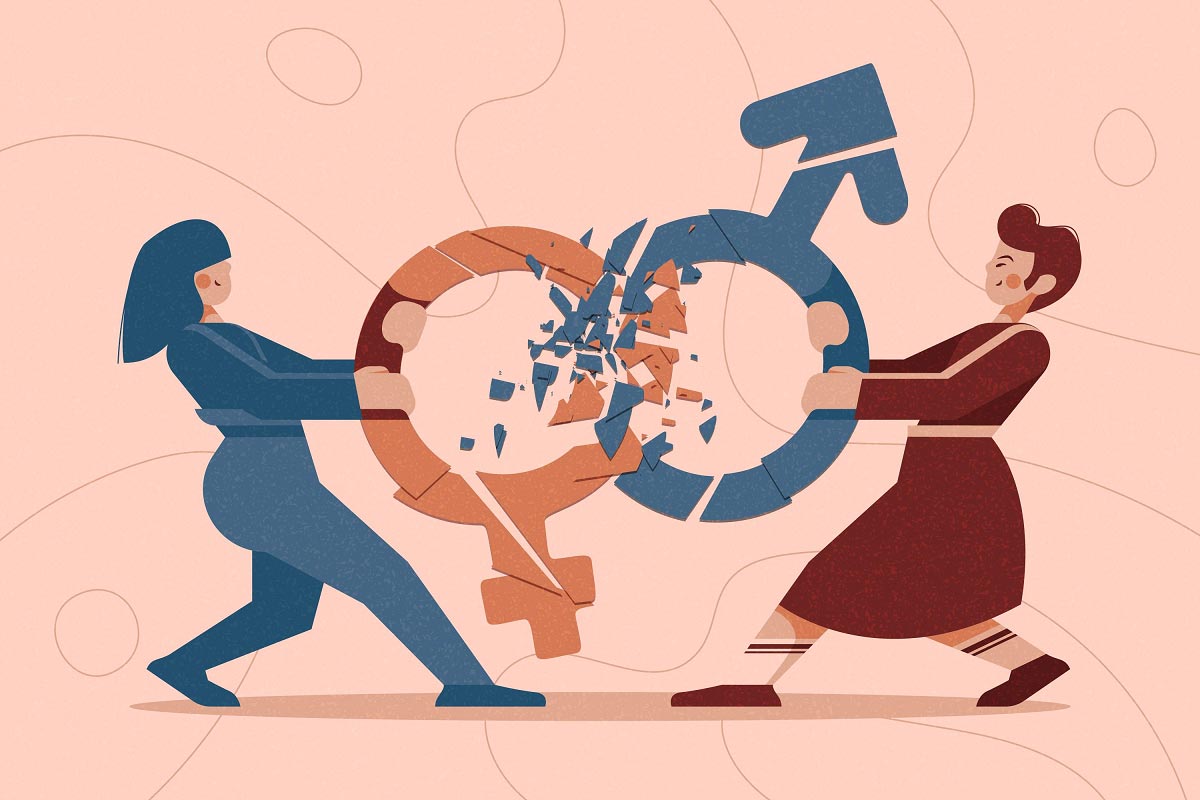
Gender Roles: Definition, Stereotypes, and Socialization in Society
Gender roles are the social and cultural expectations that determine how men and women should behave, think, and feel based on their sex. These roles are shaped by historical, social, and cultural factors and can vary significantly across time and place. In this article, we will explore the definition and historical context of gender roles, as well as common stereotypes and socialization processes that shape them.
What are gender roles, and how do they differ from sex and gender?
Sex refers to biological differences between males and females, while gender refers to the social and cultural roles and expectations associated with these differences. Gender roles are a set of expectations that prescribe how individuals should behave, think, and feel based on their sex. These roles are learned and reinforced through socialization processes, including family, peers, media, and institutions such as education and religion.
How have gender roles changed over time, and what historical factors have influenced these changes?
Gender roles have changed significantly over time, and historical factors such as the women's rights movement and increasing participation of women in the workforce have played a critical role in these changes. In the past, gender roles were often rigidly defined and prescribed, with men expected to be breadwinners and women expected to be caregivers. However, the feminist movement of the 1960s and 1970s challenged traditional gender roles and helped to usher in more egalitarian views of gender.
What are some common gender role stereotypes in media, and how do they affect individuals and society as a whole?
Common gender role stereotypes in media include the "strong and silent" male and the "damsel in distress" female. These stereotypes can reinforce traditional gender roles and expectations, which can limit individuals' opportunities and perpetuate harmful gender norms. For example, studies have shown that exposure to traditional gender role messages in media can lead to increased aggression and decreased academic performance among boys.
How are gender roles learned and reinforced through socialization, and what are some of the consequences of this process?
Gender roles are learned and reinforced through socialization processes, including family, peers, media, and institutions such as education and religion. These processes can have significant consequences for individuals and society as a whole. For example, research has shown that gender role socialization can lead to higher rates of gender-based violence and limited career opportunities for men in traditionally female-dominated fields.
What are some of the pressures and expectations associated with traditional gender roles, and how can they impact individuals and relationships?
Traditional gender roles can create significant pressures and expectations for individuals, including pressure to conform to rigid gender norms and expectations. These pressures can impact individuals' mental health, relationships, and career opportunities. For example, women who do not conform to traditional gender roles may face social stigma and discrimination, while men who pursue traditionally female-dominated careers may face discrimination and bias.
Conclusion
In conclusion, gender roles are complex social and cultural expectations that shape how individuals behave, think, and feel based on their sex. These roles are shaped by historical, social, and cultural factors and can vary significantly across time and place. By understanding the definition and historical context of gender roles, as well as common stereotypes and socialization processes that shape them, we can work towards creating a more equitable and just society for all individuals.
Gender Society Sociology


